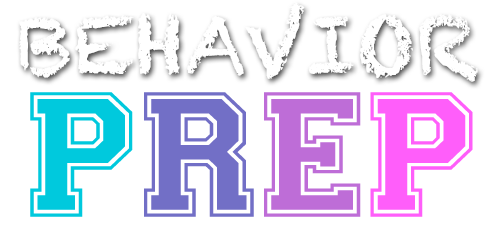F.3. Design and evaluate assessments of relevant skill strengths and areas of need
Designing and evaluating assessments of relevant skill strengths and areas of need involves creating tools and methods to assess a client’s current skills and identify areas for development. This process helps determine the client’s capabilities and what needs intervention.
Assessment Methods
The BCBA utilizes various assessment methods to evaluate the client’s skill strengths and deficits. These methods may include standardized assessments, direct observations, interviews, checklists, and informal assessments tailored to the specific skills being assessed.
Skill Areas
The BCBA assesses a wide range of skill areas that are relevant to the client’s needs and goals. These may include communication skills, social interaction skills, academic skills, self-help skills, adaptive behavior, play skills, and motor skills, among others.
Example: A BCBA conducts assessments to evaluate a child’s receptive and expressive language skills, social communication skills, play skills, and self-help skills such as dressing and feeding independently.
Baseline Data
The BCBA collects baseline data to establish a starting point for intervention and to track progress over time. Baseline data provides information about the client’s current skill level, the frequency and severity of problem behaviors, and the client’s performance in specific skill areas.
Example: The BCBA uses direct observation and assessment tools to measure the child’s current level of language skills, such as their ability to follow instructions, label objects, or engage in back-and-forth conversation.
Identification of Skill Deficits
By conducting skill assessments, the BCBA identifies specific skill deficits or areas where the client struggles. This helps prioritize intervention goals and determine the appropriate strategies to address those deficits.
Example: Through assessments, the BCBA identifies that a child with autism has significant deficits in joint attention skills, turn-taking during play, and initiating social interactions with peers.
Identification of Skill Strengths
Assessments also help identify the client’s skill strengths and areas where they demonstrate competence. Recognizing and building upon existing strengths can enhance the client’s motivation, confidence, and overall progress.
Example: The BCBA assesses a teenager with developmental disabilities and identifies that they have strong visual spatial skills and an interest in technology, which can be leveraged for skill acquisition and engagement in academic tasks.
Individualized Intervention Planning
Based on the assessment results, the BCBA develops an individualized behavior intervention plan that targets the identified skill deficits and capitalizes on the client’s strengths. This plan includes specific goals, strategies, and supports to promote skill acquisition and overall development.
Example: The BCBA designs a behavior intervention plan that includes goals related to improving the child’s joint attention skills, teaching turn-taking during play, and promoting social initiation with peers through structured activities and reinforcement strategies.
Through skill assessments, the BCBA obtains crucial information about the client’s abilities, identifies areas for improvement, and tailors intervention strategies to address specific skill deficits. This individualized approach maximizes the effectiveness of behavior-analytic interventions and supports the client’s progress and overall development.
